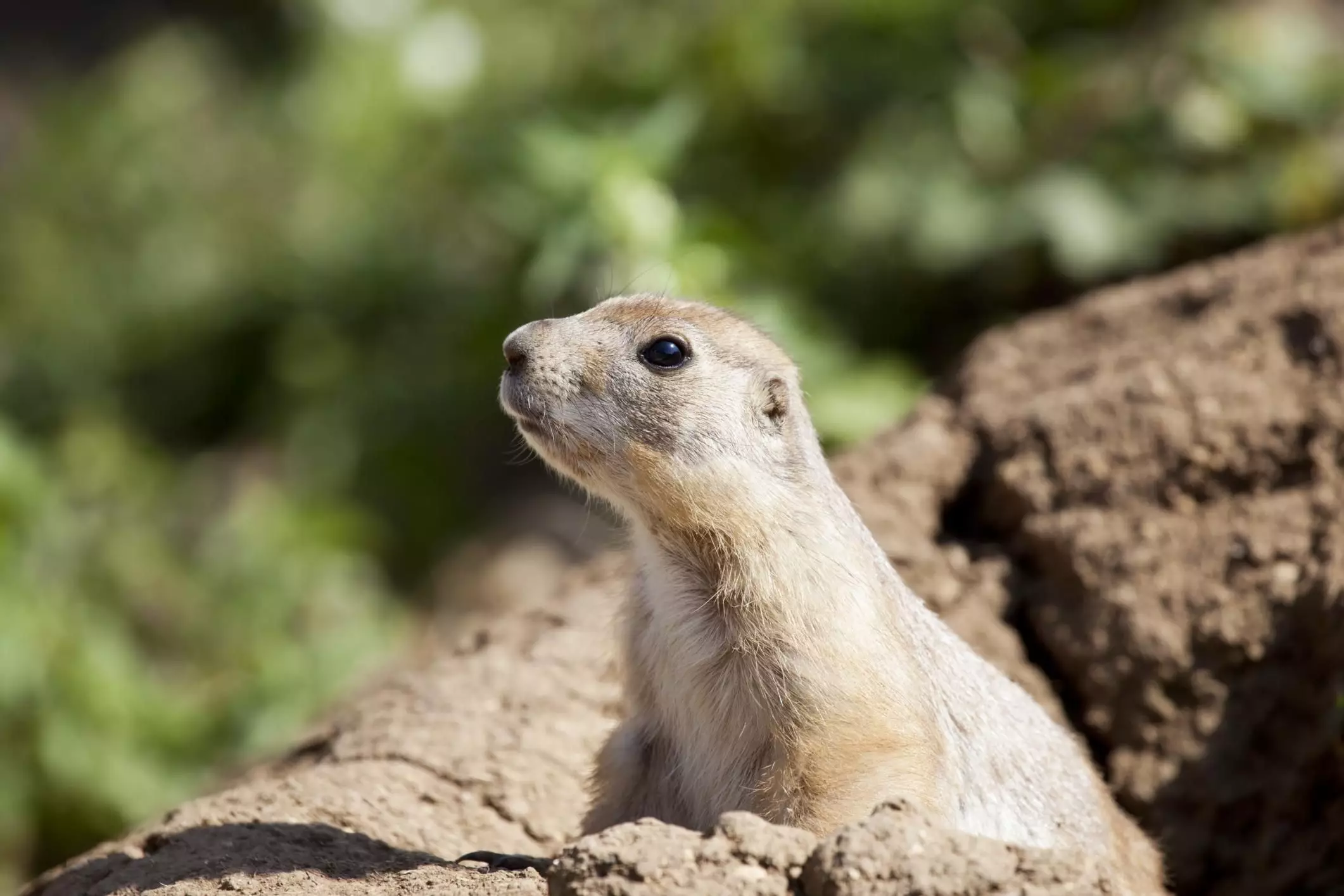The allure of owning exotic pets has captivated many animal lovers and collectors alike, with the black-tailed prairie dog emerging as one of the more unique options in the domestic animal environment. Characterized by their social nature and entertaining behaviors, these rodents have transitioned from their native habitats in the Great Plains to private homes across the United States. However, the journey of maintaining a prairie dog as a pet is fraught with challenges that call for a serious commitment from prospective owners.
Natural Habitat Requirements
Black-tailed prairie dogs are not your average household pet; they come from intricate ecosystems spanning the grasslands of the Great Plains. Thriving in colonies, these social creatures rely on expansive underground burrows for shelter and social interaction. Creating an environment replicating their natural habitat is paramount for their well-being; this includes considerations for space, socialization, and burrowing opportunities. Those who underestimate these needs may find their prairie dog becoming stressed and exhibiting behavioral issues.
While they can adapt to various conditions, their preferences lean towards environments where they can engage in natural foraging behaviors. A concrete pit tailored for burrowing or a spacious outdoor enclosure can facilitate this natural instinct. Without adequate space and stimulation, prairie dogs can experience anxiety and other health issues, leading to a poor quality of life.
Before diving headlong into the exotic pet trade, it’s essential to navigate the murky waters of legal regulations surrounding prairie dog ownership. While they can be legally acquired as pets in most states, there are exceptions; certain locales may classify them as wild animals and impose restrictions or permit requirements. The past history of prairie dogs in relation to health concerns, such as the monkeypox outbreak in 2003, underlines the importance of staying informed about local laws and veterinary guidelines.
Prospective owners must also grapple with ethical considerations. Owning any pet requires not just a financial commitment but also an emotional one. Prairie dogs are deeply social animals that thrive in groups. Thus, solitary ownership can create an environment ripe for loneliness and depression. Ideally, individuals considering a prairie dog should either secure companionship by acquiring more than one or be prepared to invest considerable time into socializing with their pet.
Understanding the level of attention required is critical in determining whether owning a prairie dog is a feasible choice. These animals require extensive interaction and are best suited for individuals who can commit to spending significant parts of the day engaging with them. It’s recommended that owners devote at least six hours daily to ensure their prairie dogs receive the mental and physical stimulation necessary for a healthy life. Without this, not only can prairie dog health deteriorate, but behavioral issues such as aggression and anxiety may arise.
Moreover, prospective prairie dog owners should familiarize themselves with the necessary diet and nutrition regimes. A proper diet is essential to prevent health issues like obesity, dental problems, and other diet-associated diseases. The ideal diet includes high-fiber pellets, fresh hay, vegetables, and a consistent supply of water, mirroring their natural grazing behaviors.
Behavioral Insights and Handling
Black-tailed prairie dogs are diurnal, active during the day and resting at night, which aligns well with human schedules. However, their social structures in the wild must not be ignored. Handling these animals requires tact; a poorly timed interaction or an inappropriate approach can cause frustration leading to nipping behaviors. Recommended practices include early socialization during their juvenile phase, which helps form trust between the prairie dog and the owner.
Health management also plays a critical role in pet ownership. Regular veterinary check-ups are recommended not just for illness, but for preventive measures related to diet, habitat, and behavior. Understanding their seasonal rutting periods will also prepare owners for possible changes in demeanor during these times.
Acquisition and Responsible Ownership
When it comes to acquiring a black-tailed prairie dog, responsible sourcing is imperative. Owners should ensure they are purchasing from licensed dealers who follow humane practices. Collecting methods, such as vacuuming them out of burrows, must be scrutinized to guarantee that the animals are treated humanely. Knowledge of health certificates and proper documentation is crucial to ensure a smoother integration into the household.
While black-tailed prairie dogs can offer a unique and rewarding pet experience, they necessitate a significant commitment and understanding of their complex needs. Adequate space, socialization, legal considerations, and a proper dietary regimen should be top of mind for anyone contemplating the inclusion of a prairie dog in their home. Failure to meet these requirements can lead to serious negative outcomes for both the animal and the owner. Ultimately, it is a journey marked by responsibilities and mutual rewards.

